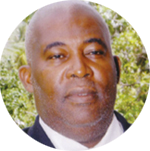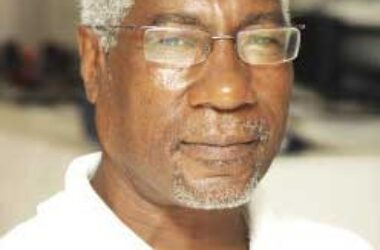
WELCOME students to another lesson in the Open School on Measuring Student Performance. The school is open to parents, guardians, teachers, students and members of the public. This is the eighth in a series of lessons which is done in the Open school every two weeks. It is my hope that students will acquire knowledge and a better understanding of Measuring Student Performance.
At the end of the lesson, students will be able to (a) explain, in a simple sentence, the meaning of Student Performance (b) students will be able to list two ways in which student performance is measured.
At the end of the lesson, we will reflect on how much we have learnt through a simple evaluation.
Parents send their children to schools or institutions of learning five days a week. Those who can afford also enrol their children in extra lessons/classes. Some of the learning institutions are Preschool, Infant school, Primary School, Secondary School, college and university.
But how do these parents and teachers know that their children are learning or are achieving the goals set for them at a particular grade level?
To acquire that information, they would need to understand how student performance is measured.
But what is student performance, and how is it measured?
Very simply, student performance is the extent to which a student has obtained the knowledge, understanding and skills required of a particular grade level.
But very importantly how is learning measured to allow teachers and parents to know how their children are performing or have performed in school and how that information is conveyed. That process of determining the level of attainment in school is called “measuring performance”.
Measuring student performance is measured in several ways as follows: Informal Assessment, Observation, School tests, Examinations.
Let us start with Informal Assessment. That is done by the teacher or facilitator of learning during teaching and learning. As the teacher teaches, he or she would ask the student specific questions which should solicit a desired response. Depending on the student’s response, teacher would be able to determine whether the student is assimilating the knowledge or understanding the lesson.
Giving students Homework and providing feedback when the work is done could help teachers or parents to determine the child’s level of understanding and how the child is performing.
The child or children could be given projects to work on in class or at home. The project would include collecting relevant information on the subject given and putting that information together in a way which would enable the teacher, facilitator of learning or parents to understand and determine the child or children level of performance.
Another area of informal assessment is practice. Let us take physical education and sports, as examples. To select a school team or national team to compete in, say athletics, the child would have to demonstrate his or her athletic skills to secure his or her selection on the school or national team.
Simultaneously, the teacher would have to observe the child’s performance. Observation is a critical aspect of assessing and measuring performance. Teachers and facilitators of learning must always observe the behaviour of their learners. This would provide important information or pointers that the teacher may have to follow-up on.
We come now to tests. Testing is part of learning, and it lets students show what they know and what they can do. The result will show students strengths and weaknesses, and would help teachers and parents work on improving the areas of weaknesses.
Tests are usually administered at the end of each term or at the end of the school year. When children are tested at the end of the term or as the students go along, this is referred to in education as formative assessment. Summative assessment of students occurs at the end of the school or academic year, or at the end of a course of study.
We come now to Examinations. This is a more elaborate form of assessment. It could take the form of practical and or theoretical, like in the case of a driving examination. Or if mainly theoretical, where the student must complete a task during a specified period of time.
. In St. Lucia, we administer the end of year examination, the Minimum Standard examination, the Common Entrance Examination and Caribbean Entrance Examination (CXC), among others.
Now, how is the child or children’s performance results conveyed to parents? In Saint Lucia and most schools in the Caribbean, there is a report book which reflects the subject areas, for example Language Arts and Mathematics along with a “Rating Scale” and “Profile Scale”. Before the test is administered, a mark will be determined by the examiner, usually the teacher. The Maximum mark for each subject in the case of school examination, and national examination, say Common Entrance, is 100. So that a student who obtains 85 out of 100 would show A or Very good on the examination. Similarly, if the child gets 40 out of 100, the rating scale would indicate that more effort is required by the students.
The profile scale would show the student’s work habits and personal development. For example, the child is attentive in class, and show a profile score of 1 from 5, which indicates never. That will tell the parent that the reason why the child receives an examination score of 40 is because he or she was inattentive in class. How the teacher and parents should deal with this matter, will be dealt with in a subsequent article.
Now two questions for you. (a) In a simple sentence explain the term Student Performance. (b) List two ways in which student performance is assessed in schools in Saint Lucia.













